|
|
|||
|
Defense & Security News - United States
|
|||
|
|
|||
|
Test of the Ground/Air Task Oriented Radar
|
|||
|
The Navy's Surface Combat Systems Center (SCSC) supported live developmental testing of the U.S. Marine Corps Ground/Air Task Oriented Radar (G/ATOR) Block 1 capability from April 10 to June 21.
|
|||
|
|
|||
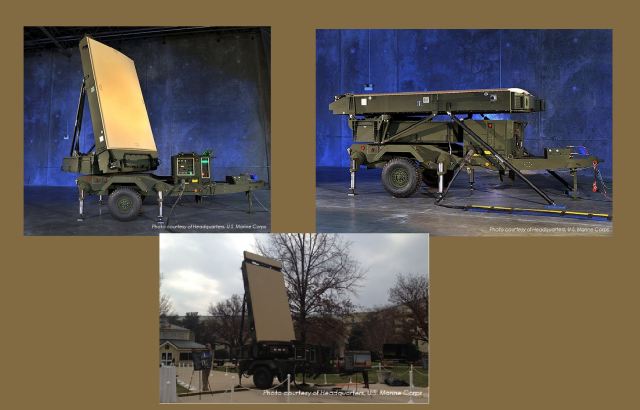 (photo: US Marines) (photo: US Marines) |
|||
|
|
|||
|
More than 70 test personnel and Marines evaluated the lightweight, highly mobile, and rapidly deployable Marine Corps Aviation Combat Element asset (G/ATOR AN/TPS-80) to ensure it met the G/ATOR Block 1 (GB1) capability requirements, which include short- and medium-range target detection requirements for unmanned aerial systems, cruise missiles and air breathing targets. The system will provide Marine Air-Ground Task Force (MAGTF) commanders with a highly reliable and maintainable battlespace sensor designed to alert the force of short-to-medium-range threats by complementing the AN/TPS-59(V)3 long range radar. G/ATOR's flexibility and multi-role capability, provided in follow-on blocks,will provide the MAGTF commanders with the ability to increase coverage of the assigned air defense sectors that adjoin maritime air defense and contiguous surveillance areas, reducing vulnerability gaps in the landward sector for naval forces operating in the world's littoral regions.
The unit tested was the first G/ATOR low-rate initial production (LRIP) system delivered to the USMC in February. Testing of G/ATOR GB1 during DT1C focused on validating the LRIP requirements in order to support a limited early fielding decision. This first portion of DT1C testing occurred at SCSC, Wallops Island, with follow-on testing scheduled to take place at Marine Corps Air Station (MCAS) Cherry Point and MCAS Yuma. The testing at SCSC, Wallops Island focused on radar performance and combat identification with live and simulated flights and interoperability with the Composite Tracking Network and Cooperative Engagement Capability Systems in an operationally realistic littoral environment. Testing was deemed successful with follow-on testing expected to take place in late fiscal year 2018. |
|||
- Home
- News
- Defence News
- Defence Exhibitions
- LIMA 2023
- IDEX 2023 exhibitors vistors
- AUSA 2022 News
- MSPO 2022 News
- ADEX 2022 News
- Defense News France
- Eurosatory 2022
- DSA 2022 News Official Online Show Daily
- WDS Saudi Arabia
- UMEX 2022 News
- Defense Exhibitions 2021
- IDEX 2021 exhibitors vistors
- ShieldAfrica 2021 exhibitors vistors
- IDEF 2021 exhibitors visitors
- SOFINS 2021 News Online Show Daily
- DEFEA 2021 Exhibitors - Visitors
- Army-2021 News Show Daily
- MSPO 2021 News Official Online Show Daily
- AUSA 2021 News
- DSEI 2021
- Partner 2021 News
- Milipol Paris 2021
- EDEX 2021 News
- ExpoDefensa 2021
- FEINDEF 2021 News
- Defense Exhibitions 2020
- Defense Exhibitions 2019
- GDA 2019 News Official Show Daily
- ShieldAfrica 2019 Visitors Exhibitors Information
- IDEX 2019 Visitors Exhibitors Information
- Enforce TAC 2019 News Show Daily
- MILEX 2019 News Online Show Daily Minsk Belarus
- SITDEF 2019 Visitors Exhibitors Information
- SOFINS 2019 News Online Show Daily
- LAAD 2019 News Online Show Daily
- IDEF 2019 News Online Show Daily
- FEINDEF 2019 News Online Show Daily
- IDET 2019 News Online Show Daily
- ISDEF 2019 Visitors Exhibitors Information
- Partner 2019 News Online Show Daily
- Army-2019 News Russia Online Show Daily
- Milipol Paris 2019 News Online Show Daily
- ExpoDefensa 2019 Exhibitors - Vistors - Information
- BIDEC 2019 Exhibitors Visitors Information
- AUSA 2019 News Online Show Daily
- DSEI 2019 exhibitors visitors information
- MSPO 2019 Exhibitors Visitors Information
- Defense & Security Thailand 2019 News Official Show Daily
- Defence Exhibitions 2018
- BSDA 2018 News Online Show Daily
- KADEX 2018 Visitors Exhibitors Information
- SOFIC 2018 News Online Show Daily
- Warrior Competition 2018 KASOTC News
- DefExpo 2018 News Show Daily
- DSA 2018 Visitors Exhibitors Information
- SOFEX 2018 Visitors Exhibitors Information
- Enforce Tac 2018 News
- Singapore AirShow 2018 News
- Shot Show 2018 News Show Daily
- IAV 2018 News Show Daily
- UMEX 2018 UAE News
- Eurosatory 2018 Visitors Exhibitors Information
- AirShow China 2018 News Online Show Daily
- IndoDefence 2018 Visitors Exhibitors Information
- IDEAS 2018 Visitors Exhibitors Information
- EDEX 2018 Visitors Exhibitors Information
- AUSA 2018 News Online Show Daily
- AAD 2018 Visitors Exhibitors Information
- DVD 2018 News Online Show Daily
- ADEX 2018 Visitors Exhibitors Information
- DX Korea 2018 Visitors Exhibitors Information
- Army-2018 Russia News Online Show Daily
- MSPO 2018 Visitors Exhibitors Information
- Defence Exhibitions 2017
- ShieldAfrica 2017 News Exhibitors Visitors
- LAAD 2017 News Exhibitors Visitors
- IDEX 2017 News Exhibitors Visitors
- SOFINS 2017 News Exhibitors Visitors
- SITDEF 2017 Exhibitors Visitors News
- SOFIC 2017 Online Show Daily News - Report - Coverage
- IDEF 2017 News Visitors Exhibitors
- IDET 2017 Exhibitors Visitors News
- Partner 2017 Online show Daily News
- Army-2017 News Online show Daily
- MSPO 2017 News Visitors Exhibitors
- AUSA 2017 Online Show Daily News
- Expodefensa 2017 News Exhibitors Visitors
- Arms & Security 2017 Online show Daily News
- BIDEC 2017 News Visitors Exhibitors
- Defense & Security Thailand 2017 Official Online show Daily News
- Milipol Paris 2017 Online Show Daily News
- GDA 2017 Online Show Daily News
- ADEX 2017 South Korea Online show Daily News
- DSEI 2017 News Visitors Exhibitors
- Defence Exhibition 2016
- IDEAS 2016 News Visitors Exhibitors
- High Tech Port 2016 News Exhibitors Visitors
- Airshow China 2016 Online Show Daily News - Report - Coverage
- INDO DEFENCE 2016 Online Show Daily News - Report - Coverage
- AUSA 2016 Online Show Daily News - Report - Coverage
- ADEX 2016 News Visitors Exhibitors
- AAD 2016 Online Show Daily News - Coverage - Report
- Army 2016 News Exhibitors Visitors
- MSPO 2016 news visitors exhibitors
- Eurosatory 2016 News Exhibitors Visitors
- KADEX 2016 News Visitors Exhibitors
- SOFEX 2016 News Exhibitors Visitors
- Warrior Competition 2016 KASOTC Coverage - Report - News
- DSA 2016 News Visitors Exhibitors
- Defexpo 2016 Online Show Daily News
- Defexpo 2016 Official Online Show Daily News - Coverage - Report
- ISNR 2016 Online Show Daily News
- KIDEC 2016 news visitors exhibitors
- IWA 2016 Online Show Daily News
- Defence Exhibitions 2015
- Expodefensa 2015 News Exhibitors Visitors
- Milipol 2015 News - Report - Coverage
- AUSA 2015 Online Show Daily News - Coverage - Report
- Defense & Security 2015 News Visitors Exhibitors
- APHS 2015 News Exhibitors Visitors
- MSPO 2015 News Exhibitors Visitors
- RAE 2015 News Exhibitors Visitors
- DSEI 2015 News Exhibitors Visitors
- Partner 2015 Official Online Show Daily News - Coverage - Report
- IDET 2015 News Exhibitors Visitors
- SITDEF 2015 News Exhibitors Visitors
- IDEF 2015 News - Coverage - Report
- SOFINS 2015 News - Coverage - Report
- IDEX 2015 News Exhibitors Visitors
- ARMY 2015 Russia News Coverage Report
- Defence Exhibitions 2014
- IndoDefence 2014 News Information Exhibitors Visitors
- AirShow China 2014 news - coverage - report
- AUSA 2014 Show News Information Exhibitors Visitors
- IDEAS 2014 News Information Exhibitors Visitors
- ADEX 2014 Show News Information Exhibitors Visitors
- MSPO 2014 Show News Information Exhibitors Visitors
- AAD 2014 Show News Exhibitors Visitors Information
- Defexpo 2014 Show News Information Exhibitors Visitors
- Eurosatory 2014 Show News Information Exhibitors Visitors
- SOFEX 2014 Show News Information Exhibitors Visitors
- KADEX 2014 Show News Information Exhibitors Visitors
- CIDEX 2014 Show News Information Exhibitors Visitors
- IDEB 2014 Show News Information Exhibitors Visitors
- DSA 2014 Show News Information Exhibitors Visitors
- Defence Exhibitions 2013
- IDEX 2013
- IDEF 2013 Defence Industry Fair
- Partner 2013 news coverage report
- IDET 2013
- 14 July 2013 French army parade pictures
- Défilé militaire 14 juillet 2013 photos - vidéo
- FED 2013 Meeting - Forum Defence Industry
- LAAD 2013 defence exhibition
- RAE 2013 Russian Arms Expo News - Pictures - Video
- IAV 2013 Conference Exhibition
- SITDEF 2013 News Coverage Report
- SITDEF 2013 Show Daily News - Coverage - Report
- TADTE 2013 Show daily news coverage report
- MSPO 2013 Defence Exhibition
- AUSA 2013 U.S. Army Annual Meeting & Exposition
- DSEI 2013 Defence & Security Exhibition
- Milipol 2013 Internal State Security Exhibition
- Defence Exhibitions 2012
- Defence Exhibitions 2011
- ARG News
- Defense Web TV
- Defence News
- Defence Industry
- World Army Equipment
- Focus / Analysis
- Advertising
- Send Press Release
-
You are here:
- Home
- News
- Defence News
- 2017
- August
Defense Breaking News
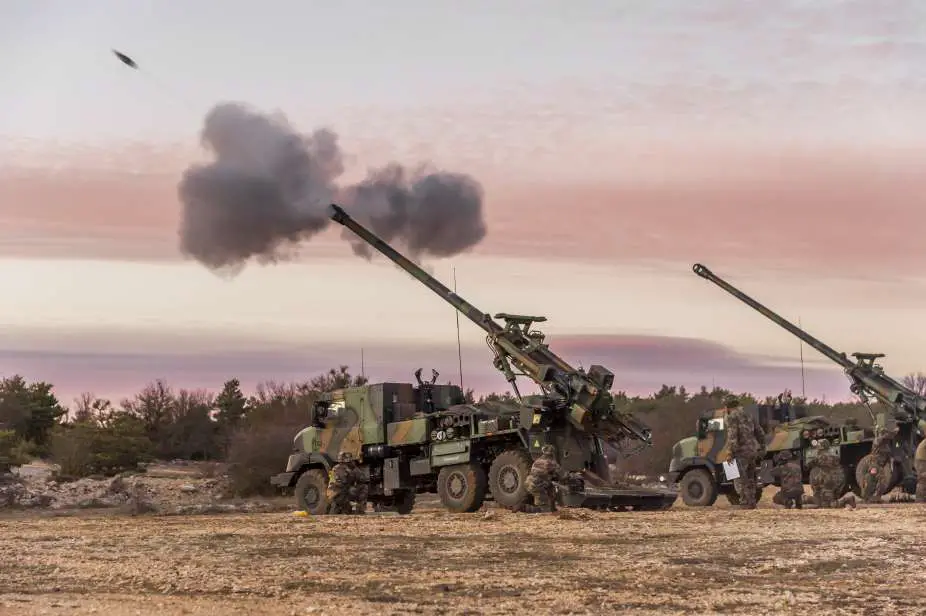
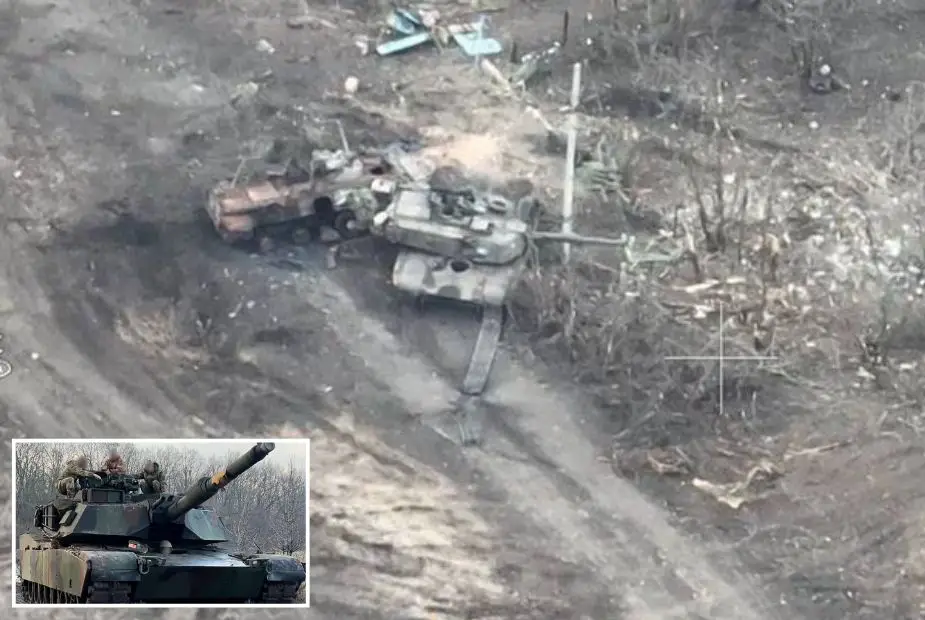
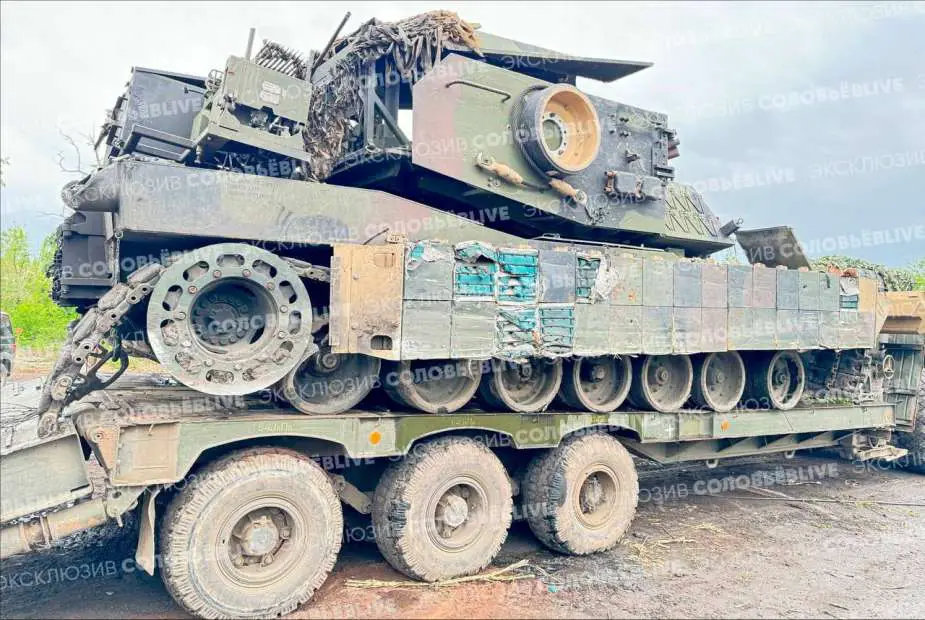
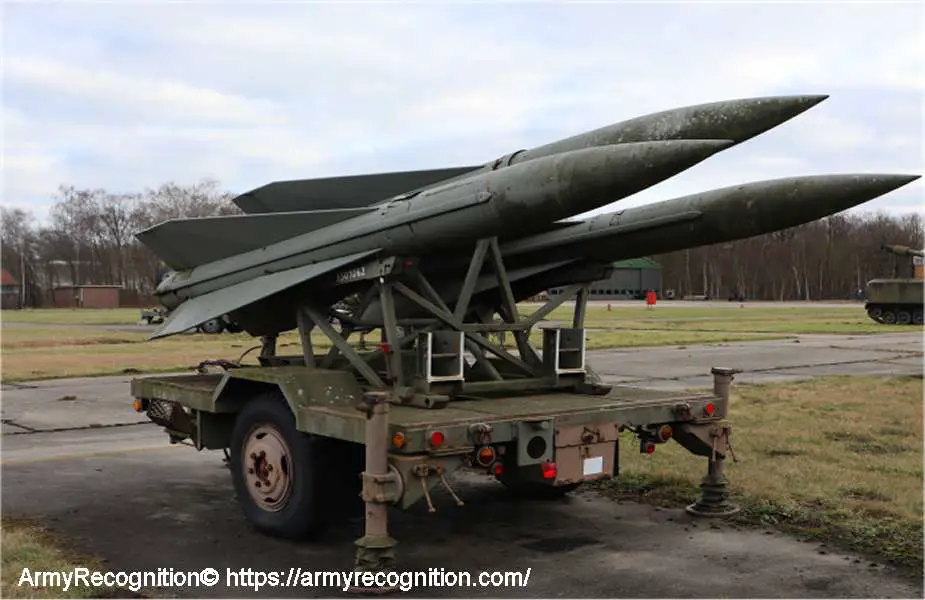
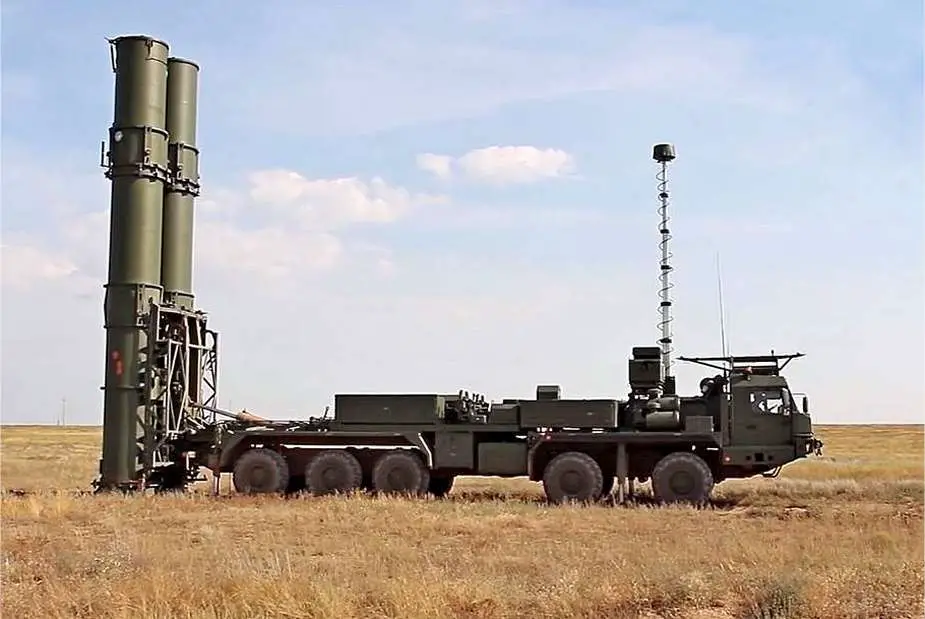
More In : Ukraine - Russia conflict war 2022
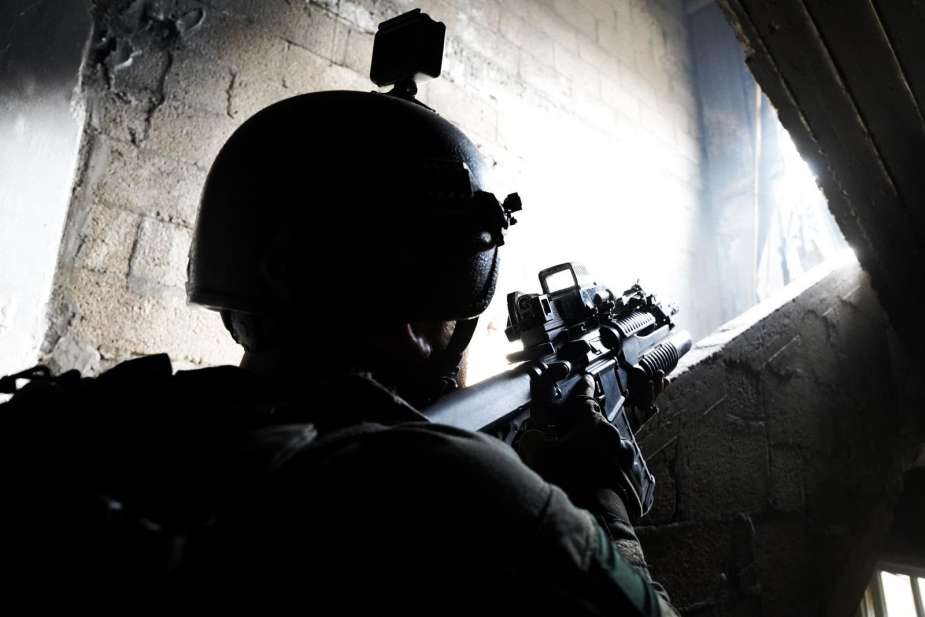
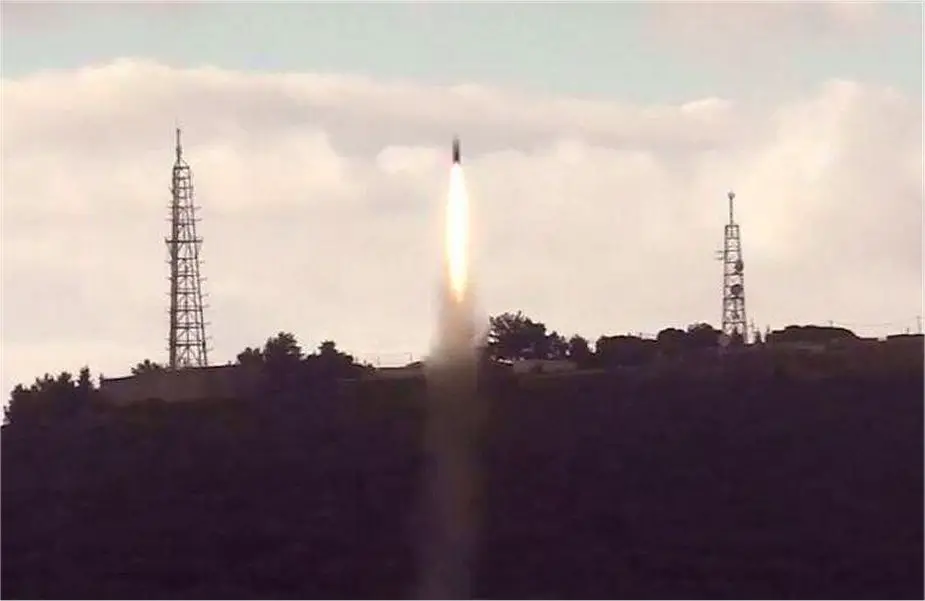
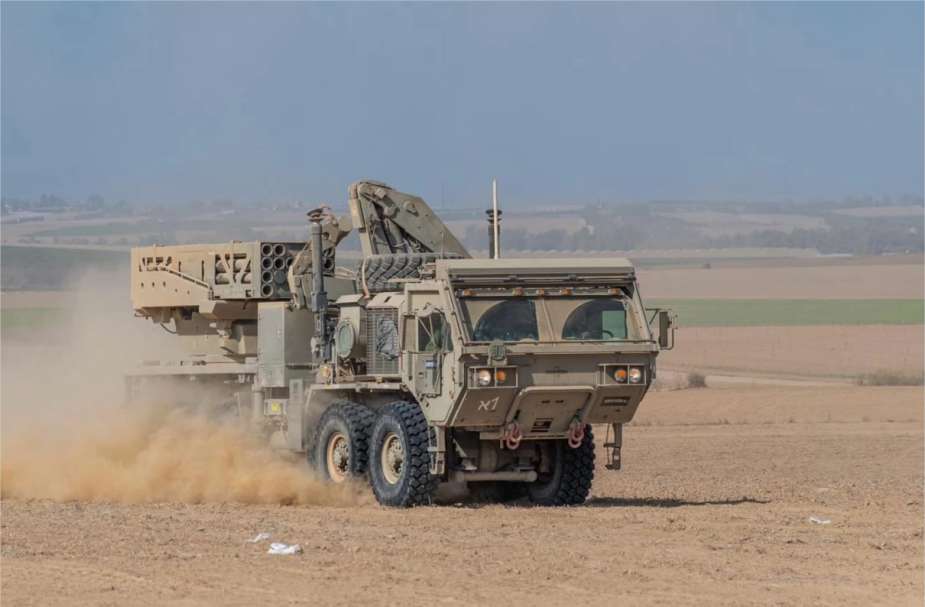
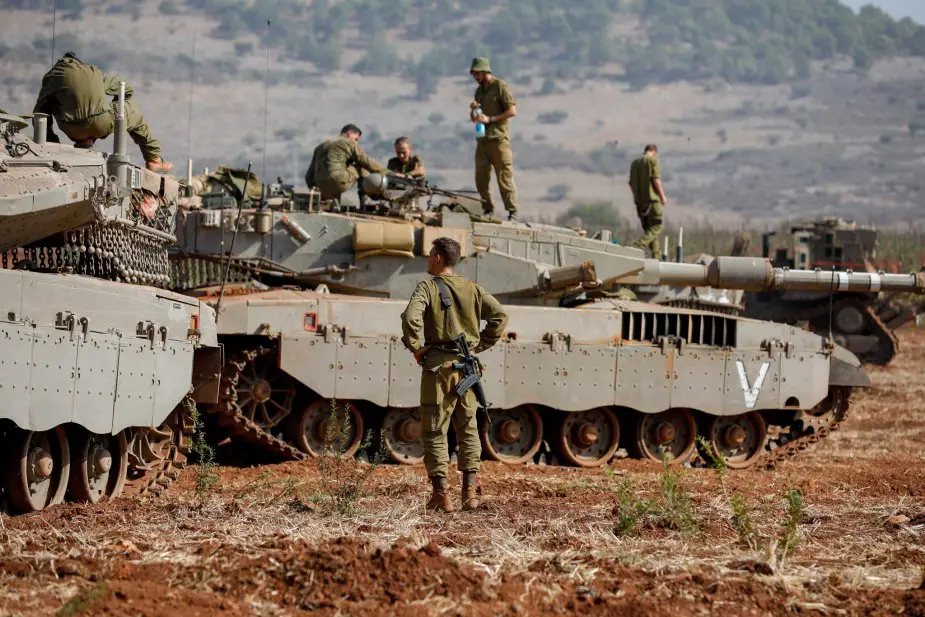
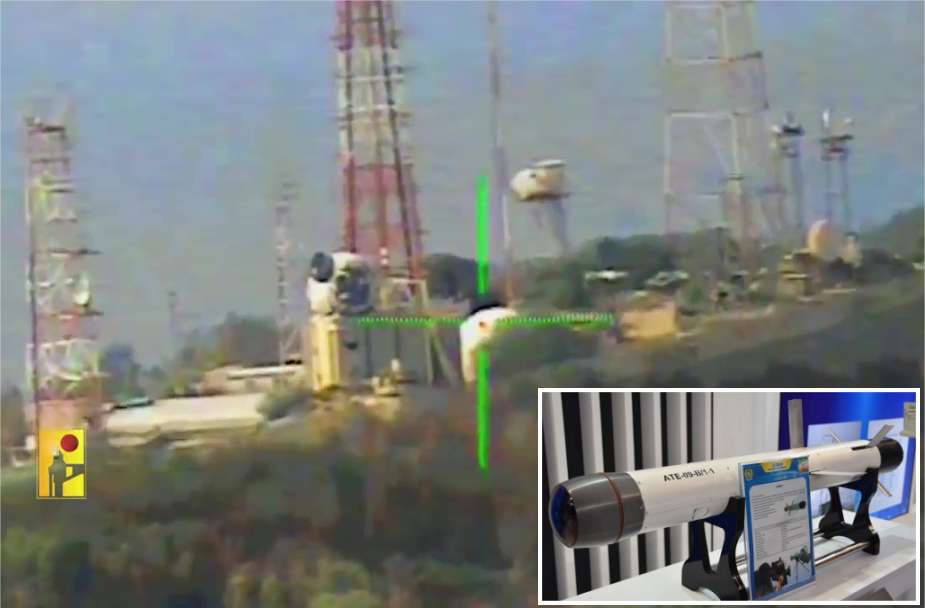
More In : Hamas Gaza - Israel War 2023
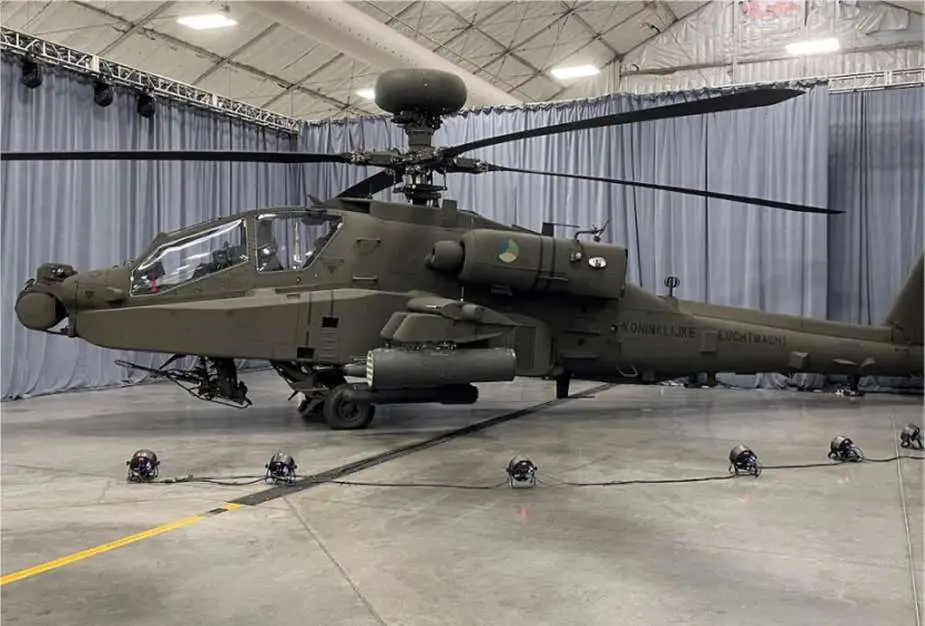
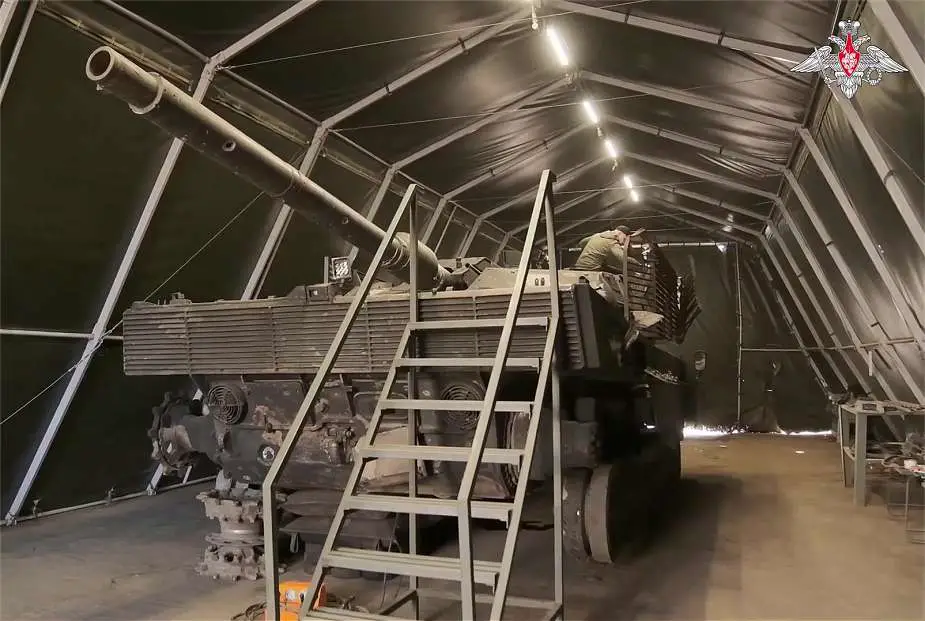
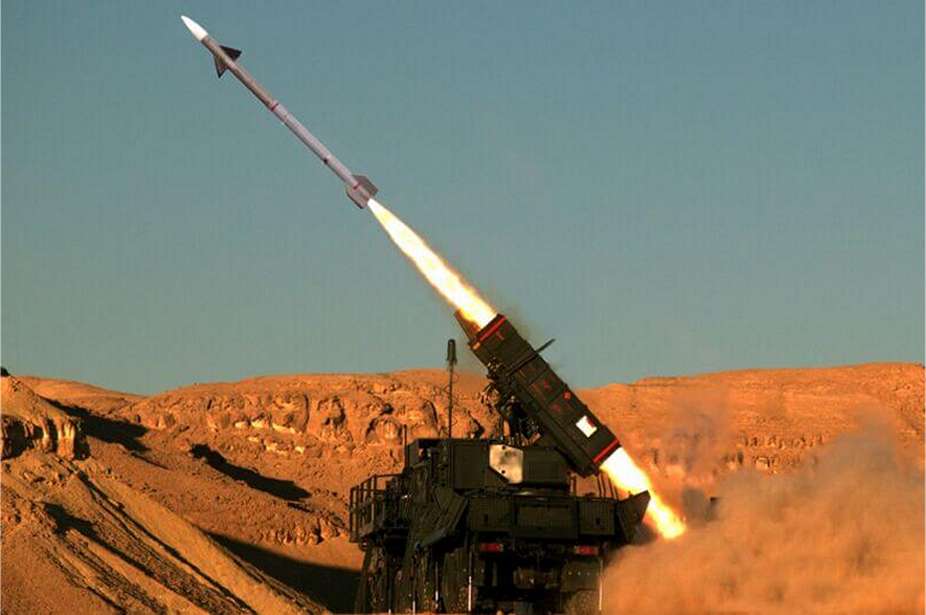
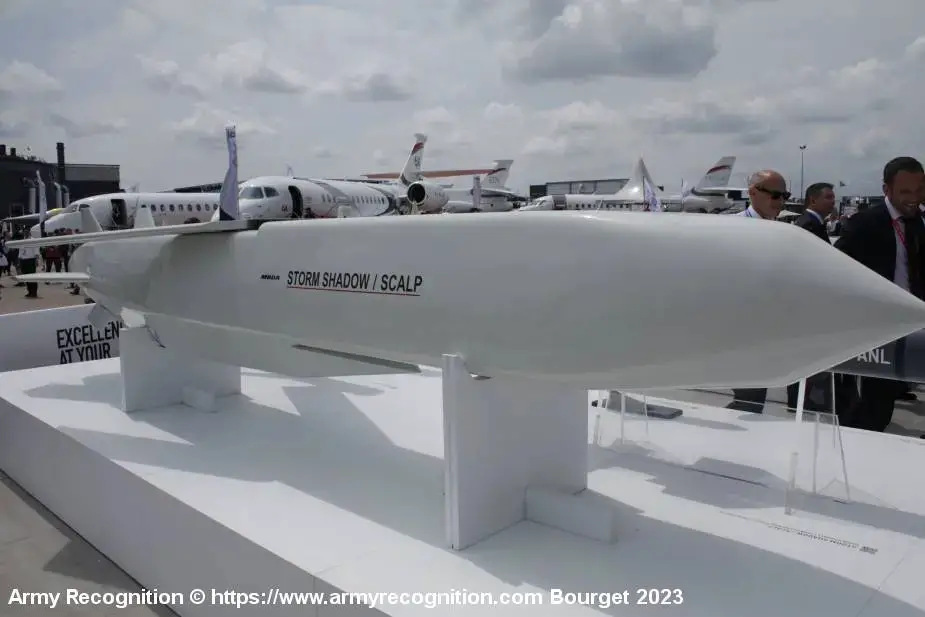
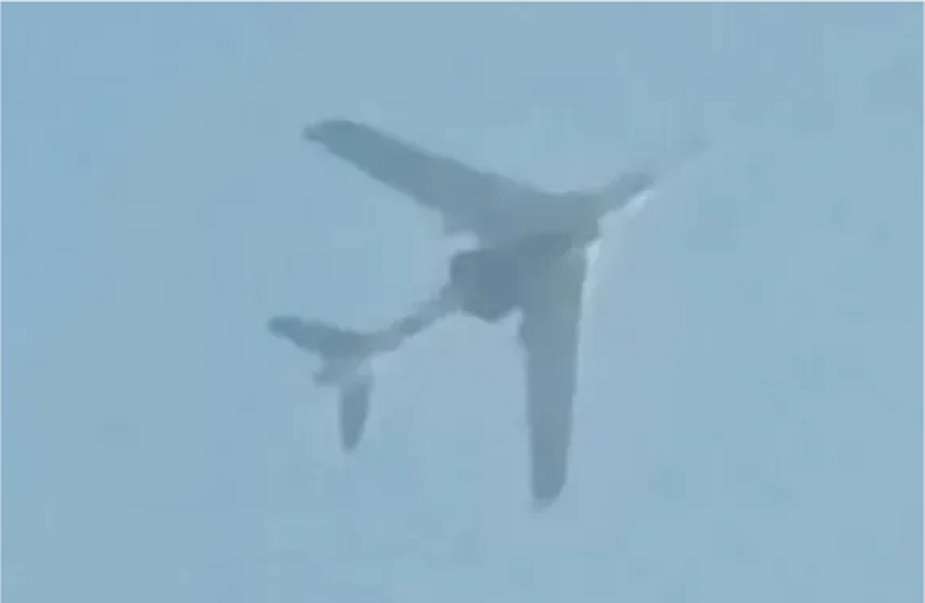
- Home
- News
- Defence News
- Defence Exhibitions
- LIMA 2023
- IDEX 2023 exhibitors vistors
- AUSA 2022 News
- MSPO 2022 News
- ADEX 2022 News
- Defense News France
- Eurosatory 2022
- DSA 2022 News Official Online Show Daily
- WDS Saudi Arabia
- UMEX 2022 News
- Defense Exhibitions 2021
- IDEX 2021 exhibitors vistors
- ShieldAfrica 2021 exhibitors vistors
- IDEF 2021 exhibitors visitors
- SOFINS 2021 News Online Show Daily
- DEFEA 2021 Exhibitors - Visitors
- Army-2021 News Show Daily
- MSPO 2021 News Official Online Show Daily
- AUSA 2021 News
- DSEI 2021
- Partner 2021 News
- Milipol Paris 2021
- EDEX 2021 News
- ExpoDefensa 2021
- FEINDEF 2021 News
- Defense Exhibitions 2020
- Defense Exhibitions 2019
- GDA 2019 News Official Show Daily
- ShieldAfrica 2019 Visitors Exhibitors Information
- IDEX 2019 Visitors Exhibitors Information
- Enforce TAC 2019 News Show Daily
- MILEX 2019 News Online Show Daily Minsk Belarus
- SITDEF 2019 Visitors Exhibitors Information
- SOFINS 2019 News Online Show Daily
- LAAD 2019 News Online Show Daily
- IDEF 2019 News Online Show Daily
- FEINDEF 2019 News Online Show Daily
- IDET 2019 News Online Show Daily
- ISDEF 2019 Visitors Exhibitors Information
- Partner 2019 News Online Show Daily
- Army-2019 News Russia Online Show Daily
- Milipol Paris 2019 News Online Show Daily
- ExpoDefensa 2019 Exhibitors - Vistors - Information
- BIDEC 2019 Exhibitors Visitors Information
- AUSA 2019 News Online Show Daily
- DSEI 2019 exhibitors visitors information
- MSPO 2019 Exhibitors Visitors Information
- Defense & Security Thailand 2019 News Official Show Daily
- Defence Exhibitions 2018
- BSDA 2018 News Online Show Daily
- KADEX 2018 Visitors Exhibitors Information
- SOFIC 2018 News Online Show Daily
- Warrior Competition 2018 KASOTC News
- DefExpo 2018 News Show Daily
- DSA 2018 Visitors Exhibitors Information
- SOFEX 2018 Visitors Exhibitors Information
- Enforce Tac 2018 News
- Singapore AirShow 2018 News
- Shot Show 2018 News Show Daily
- IAV 2018 News Show Daily
- UMEX 2018 UAE News
- Eurosatory 2018 Visitors Exhibitors Information
- AirShow China 2018 News Online Show Daily
- IndoDefence 2018 Visitors Exhibitors Information
- IDEAS 2018 Visitors Exhibitors Information
- EDEX 2018 Visitors Exhibitors Information
- AUSA 2018 News Online Show Daily
- AAD 2018 Visitors Exhibitors Information
- DVD 2018 News Online Show Daily
- ADEX 2018 Visitors Exhibitors Information
- DX Korea 2018 Visitors Exhibitors Information
- Army-2018 Russia News Online Show Daily
- MSPO 2018 Visitors Exhibitors Information
- Defence Exhibitions 2017
- ShieldAfrica 2017 News Exhibitors Visitors
- LAAD 2017 News Exhibitors Visitors
- IDEX 2017 News Exhibitors Visitors
- SOFINS 2017 News Exhibitors Visitors
- SITDEF 2017 Exhibitors Visitors News
- SOFIC 2017 Online Show Daily News - Report - Coverage
- IDEF 2017 News Visitors Exhibitors
- IDET 2017 Exhibitors Visitors News
- Partner 2017 Online show Daily News
- Army-2017 News Online show Daily
- MSPO 2017 News Visitors Exhibitors
- AUSA 2017 Online Show Daily News
- Expodefensa 2017 News Exhibitors Visitors
- Arms & Security 2017 Online show Daily News
- BIDEC 2017 News Visitors Exhibitors
- Defense & Security Thailand 2017 Official Online show Daily News
- Milipol Paris 2017 Online Show Daily News
- GDA 2017 Online Show Daily News
- ADEX 2017 South Korea Online show Daily News
- DSEI 2017 News Visitors Exhibitors
- Defence Exhibition 2016
- IDEAS 2016 News Visitors Exhibitors
- High Tech Port 2016 News Exhibitors Visitors
- Airshow China 2016 Online Show Daily News - Report - Coverage
- INDO DEFENCE 2016 Online Show Daily News - Report - Coverage
- AUSA 2016 Online Show Daily News - Report - Coverage
- ADEX 2016 News Visitors Exhibitors
- AAD 2016 Online Show Daily News - Coverage - Report
- Army 2016 News Exhibitors Visitors
- MSPO 2016 news visitors exhibitors
- Eurosatory 2016 News Exhibitors Visitors
- KADEX 2016 News Visitors Exhibitors
- SOFEX 2016 News Exhibitors Visitors
- Warrior Competition 2016 KASOTC Coverage - Report - News
- DSA 2016 News Visitors Exhibitors
- Defexpo 2016 Online Show Daily News
- Defexpo 2016 Official Online Show Daily News - Coverage - Report
- ISNR 2016 Online Show Daily News
- KIDEC 2016 news visitors exhibitors
- IWA 2016 Online Show Daily News
- Defence Exhibitions 2015
- Expodefensa 2015 News Exhibitors Visitors
- Milipol 2015 News - Report - Coverage
- AUSA 2015 Online Show Daily News - Coverage - Report
- Defense & Security 2015 News Visitors Exhibitors
- APHS 2015 News Exhibitors Visitors
- MSPO 2015 News Exhibitors Visitors
- RAE 2015 News Exhibitors Visitors
- DSEI 2015 News Exhibitors Visitors
- Partner 2015 Official Online Show Daily News - Coverage - Report
- IDET 2015 News Exhibitors Visitors
- SITDEF 2015 News Exhibitors Visitors
- IDEF 2015 News - Coverage - Report
- SOFINS 2015 News - Coverage - Report
- IDEX 2015 News Exhibitors Visitors
- ARMY 2015 Russia News Coverage Report
- Defence Exhibitions 2014
- IndoDefence 2014 News Information Exhibitors Visitors
- AirShow China 2014 news - coverage - report
- AUSA 2014 Show News Information Exhibitors Visitors
- IDEAS 2014 News Information Exhibitors Visitors
- ADEX 2014 Show News Information Exhibitors Visitors
- MSPO 2014 Show News Information Exhibitors Visitors
- AAD 2014 Show News Exhibitors Visitors Information
- Defexpo 2014 Show News Information Exhibitors Visitors
- Eurosatory 2014 Show News Information Exhibitors Visitors
- SOFEX 2014 Show News Information Exhibitors Visitors
- KADEX 2014 Show News Information Exhibitors Visitors
- CIDEX 2014 Show News Information Exhibitors Visitors
- IDEB 2014 Show News Information Exhibitors Visitors
- DSA 2014 Show News Information Exhibitors Visitors
- Defence Exhibitions 2013
- IDEX 2013
- IDEF 2013 Defence Industry Fair
- Partner 2013 news coverage report
- IDET 2013
- 14 July 2013 French army parade pictures
- Défilé militaire 14 juillet 2013 photos - vidéo
- FED 2013 Meeting - Forum Defence Industry
- LAAD 2013 defence exhibition
- RAE 2013 Russian Arms Expo News - Pictures - Video
- IAV 2013 Conference Exhibition
- SITDEF 2013 News Coverage Report
- SITDEF 2013 Show Daily News - Coverage - Report
- TADTE 2013 Show daily news coverage report
- MSPO 2013 Defence Exhibition
- AUSA 2013 U.S. Army Annual Meeting & Exposition
- DSEI 2013 Defence & Security Exhibition
- Milipol 2013 Internal State Security Exhibition
- Defence Exhibitions 2012
- Defence Exhibitions 2011
- ARG News
- Defense Web TV
- Defence Industry
- Asia
- Europe
- Austria
- Belgium
- France
- Germany
- Greece
- Italy
- Lithuania
- Spain
- Turkey
- United Kingdom
- East Europe
- Middle East
- North America
- Oceania
- World Army Equipment
- Africa
- Asia
- Central America
- East Europe (A-P)
- East Europe (Q-W)
- Romania
- Russia
- Artillery Vehicle
- Field Equipment
- Helicopter
- Light Armoured
- Missile System
- Tanks
- Wheeled Vehicle
- Weapons
- Uniforms / Ranks
- Unmanned Aerial - Ground Systems
- Slovakia
- Serbia
- Slovenia
- Ukraine
- Europe West (A-N)
- Europe West (O-W)
- Independent
- Middle East
- North America
- Oceania
- South America
- Focus / Analysis
- Advertising
- Send Press Release















